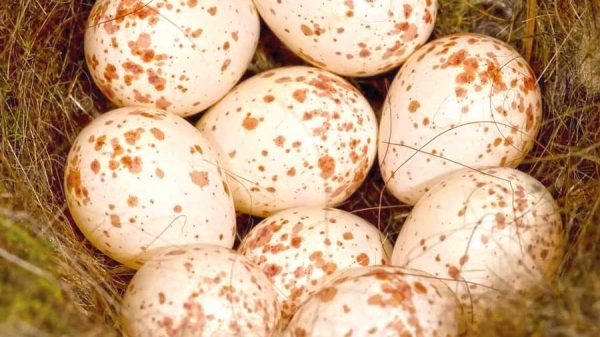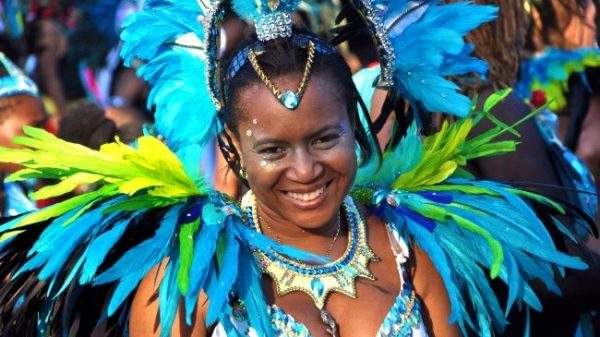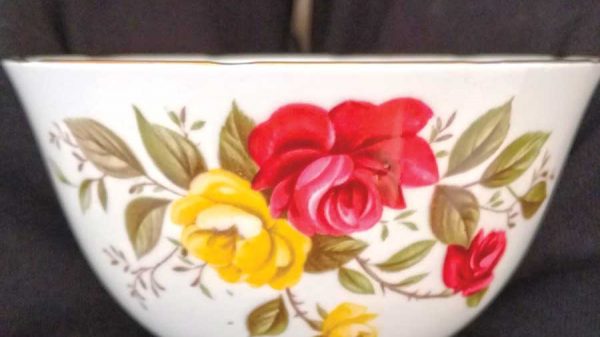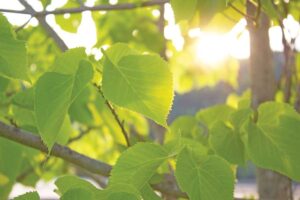−−− BY LINDA JENKINSON −−−
Many of us dislike the end of British Summer Time and dread the shorter days but, if you’re a birdwatcher, this time of year comes with a great advantage. The shorter days mean that you can compress your birding into a few short hours making it possible to see crepuscular species, those preferring twilight, at reasonable times of the day. I’m not a morning person myself so I can now arrive at my destination at first light without having to get up too early and an added bonus is that crepuscular activity starts again in the middle of the afternoon. I can then get home before it’s time for my evening meal. The most common crepuscular bird species that can be found in Yorkshire are water rail and everyone’s favourite family, the owls.
The water rail is a shy reedbed bird belonging to the rail family, which also includes moorhen and coot. It can be heard more often in the autumn and winter months when courtship begins. Listen out for little squeaks and pig-like squeals coming from within a reedbed. To see one you’ll need to be very quiet and still, as the slightest noise and movement will send an emerging bird racing back into the cover of the reeds. Water rails feed on small fish such as sticklebacks, snails and invertebrates and can be seen feeding at the edge of a reedbed.
If you’d like to see owls, the beautiful and ghostly barn owl can be seen feeding at any time of the day or night although dawn and dusk is preferred. They are monophageous, eating only short-tailed voles, although some individuals do predate other animals when necessary, even roosting starlings. Barn owls can be seen perching on fence posts.
Little owls prefer farmland with isolated old pastures and walls. They hunt from dusk until midnight, and again before dawn. Little owls are more active on drizzly nights when they can easily hunt for worms. At other times they will eat small birds, mice, voles, moths and insects, preferably beetles. Little owls use favourite perches and will sit in the sun. They will stay in pairs all winter and begin to call around in late December or early January.
Tawny owls are the only true nocturnal owl in the UK. They are active just after dark until dawn and are at their most active an hour either side of midnight. They use regular perches where there is an open view of their surroundings such as holly and ivy-clad trees. During the winter months, especially around December, tawny owls engage in nocturnal courtship activity and will call to each other earlier in the day.

Short-eared owls can be seen in daylight hours hunting over rough grassland, dunes and saltmarsh. They feed mainly on voles and small birds and will often hunt from tussocks, having the ability to run quite fast on the ground before pouncing on their prey. They frequently sit and digest their food out in the open and spend part of the day roosting on the ground, sometimes on the leeward side of a tussock. They are best viewed after a period of rain. The UK population is boosted by birds migrating from Europe in the winter. They have bright yellow eyes.
Long-eared owls can be seen roosting by day in dense hawthorn scrub although they can be difficult to find and identify. They blend in well with their surroundings and have the ability to change shape from short and fat to long and thin. Their tufts can be held flat or upright and they have bright orange eyes. Long-eared owls are resident in the UK but many migrate from Europe in the winter. They hunt over moorland, scrub, clearfell and marsh. Long-ears are more nocturnal than short-ears but will feed at early dusk and late dawn.
Remember, when watching any bird, your aim is to be an observer and not to change the natural behaviour of any species. Keep your distance, stay still, quiet and hidden and hopefully you’ll be rewarded.
Linda Jenkinson teaches people about birds in and around Leeds. For details of indoor and outdoor classes email linda@startbirding.co.uk or call 07778 768719. Visit www.startbirding.co.uk or Start Birding on Facebook and Twitter







